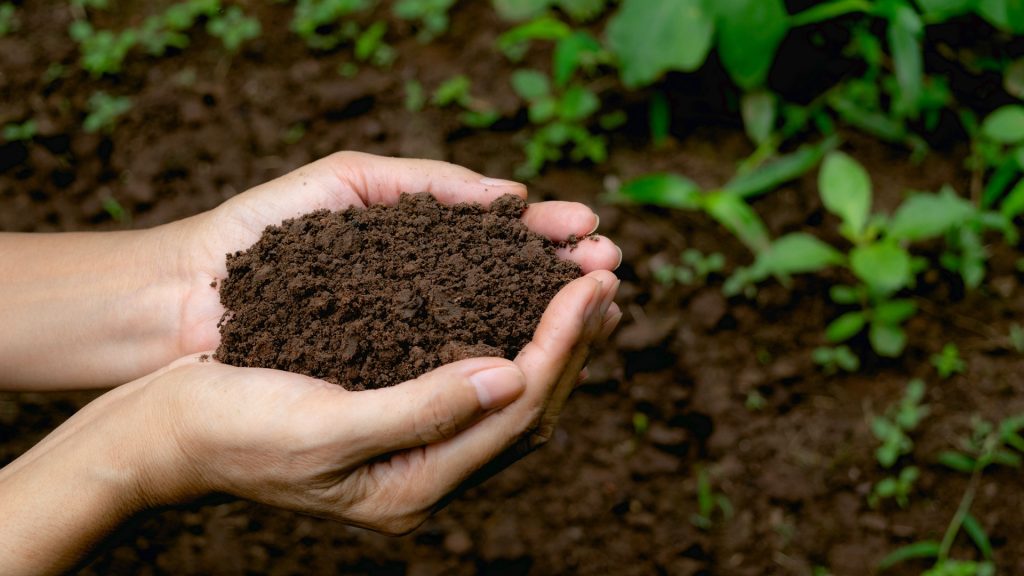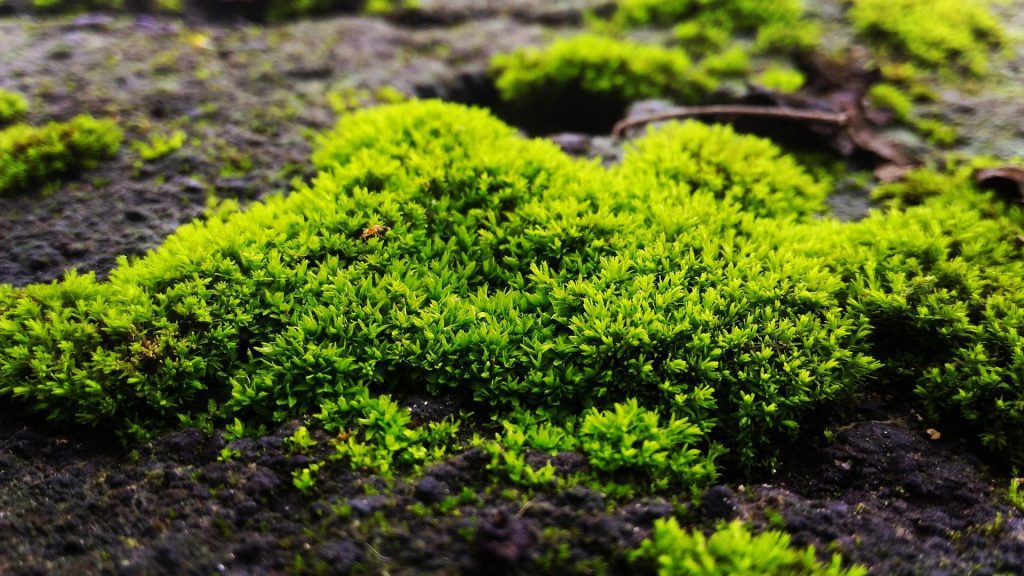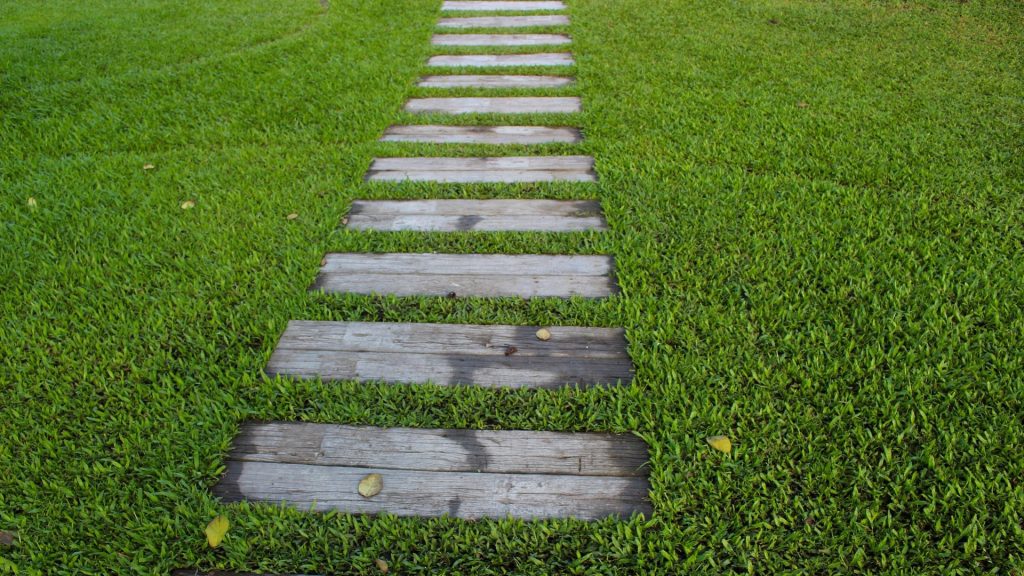
How to Use Gypsum for a Better Lawn
The soil that forms part of our lawns needs some help occasionally, whether it’s adding certain nutrients or helping to balance others out.
Adding gypsum is one easy way to do just that, and if you’ve tested your soil and find that this natural mineral can help, it’s a simple project.
How do you use gypsum on the lawn? First, you should assess your lawn’s nutrient count to see if gypsum would be beneficial, then aerate the lawn before you spread it. From there, apply the gypsum by broadcasting its pellets then water it into the ground and repeat a couple of times a year for the best results.
If you’re wondering how to use gypsum on lawn areas for the best benefits, this guide can show you the way. We’ll look at its benefits, application, and the gear you’ll need to do it right, so you can see just how easy it all is.
What Is Gypsum and How Does It Help Your Lawn?

Gypsum is a natural mineral, also known as calcium sulfate, and it’s one of the best materials you can use to improve the soil conditions of your lawn.
While at its most effective in soil that has high levels of sodium and low levels of calcium, gypsum can be used on all kinds of lawns and gardens as a way to improve the health of the soil.
One of the great things about gypsum is how fuss-free and safe it is, including being able to touch the gypsum pellets with bare hands and even letting your pets and children come into contact with it.
It also works as a natural deodorizer if you have odors like pet urine on the lawn, so there’s no harm in giving it a go.
Testing and Assessing the Area
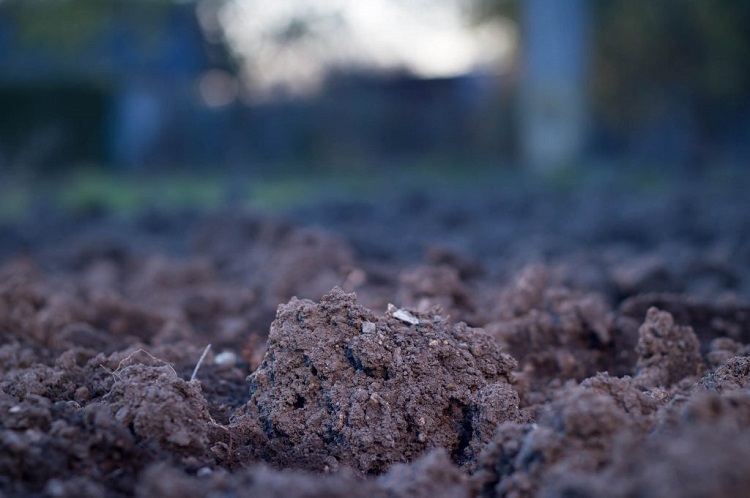
The most crucial step in any kind of soil correction work is testing what’s there currently and seeing what needs to be done to improve it.
Gypsum works best on compacted soil types like clay and can help rectify issues like high sodium or low calcium levels, although it can still be effective on other types.
To test your lawn, there are a few simple options you can do yourself including a home testing kit or an electronic pH meter, or you can pay a professional for the service.
Once you’ve established that the soil is suitable for gypsum application, you can start planning for how much of the mineral you’ll need.
Using the results of the soil test and understanding the type of soil you have; you can determine how compact it is.
Heavily compacted soil will need around 40 pounds of gypsum per 200 square feet and less compacted soil on an established lawn will need 40 pounds per 1,000 square feet of grass.
How to Apply Gypsum to Your Lawn
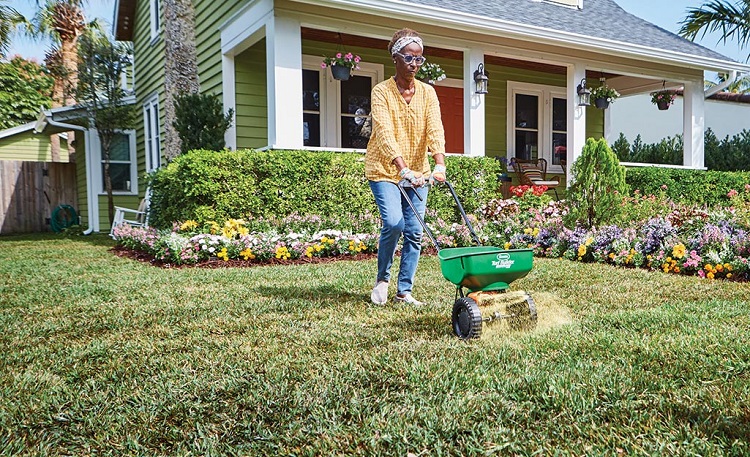
Applying gypsum is an easy task, much like regular fertilizer, and you’ll only need the gypsum pellets, a broadcaster of your choice, and your garden hose.
Because it’s non-toxic, you can apply it without gloves safely, but we still recommend using protection for all kinds of gardening projects.
Fill the broadcaster hopper with gypsum pellets and change the setting to reflect their size. Push the broadcaster slowly so that you cover the whole lawn, be careful to avoid sidewalks and driveways, and overlap the spread pattern by between six and eight inches for the best coverage.
Once you’ve covered the lawn, use your garden hose to soak the gypsum so that the pellets absorb into the grass and the soil.
Gypsum is gentle enough that it can be applied two to three times a year, but not unless it’s required or your soil is heavily compacted.
Regular soil testing is the best thing you can do to keep your lawn in the best condition, with gypsum being a great solution for many common problems.
The Greatness of Gypsum
A good gardener knows the importance of testing their soil regularly to see what nutrients it might be lacking, and gypsum is usually an easy answer.
If your soil could benefit from this natural mineral, it’s one of the easiest to apply, so give gypsum a chance and see what it can bring to your lawn.
Related Questions
There are loads of natural substances that can be applied to the average lawn to improve soil conditions and grass growth, as long as you know what to look for.
We’ve answered some FAQs about other natural options for your lawn, so read on to see what else you can try.
What Is Rock Phosphate Used For in the Garden?
Rock phosphate is rich in phosphorus and other trace nutrients and it can be used to boost these levels in the soil.
When applied to the lawn, rock phosphate can help stimulate root growth which makes the grass grow healthier and thicker, giving the appearance of a luscious lawn.
Can I Use Compost on My Lawn?
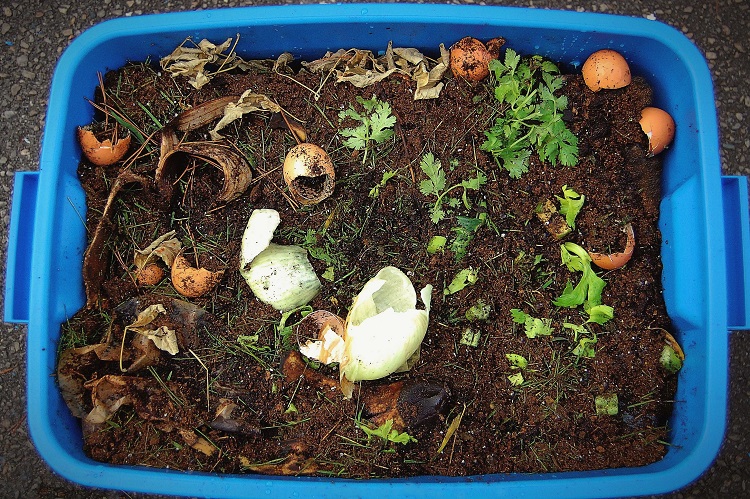
Compost is a nutrient-rich material that’s ideal for improving soil conditions on your lawn, and it can be applied easily as a top dressing.
The compost will break down naturally over the next few months and deliver nutrients to the grass and soil as it does, so it’s a beneficial alternative to store-bought fertilizers.
Can You Make Homemade Lawn Fertilizer?
There are lots of beneficial ingredients you can find at home for fertilizing your lawn, including Epsom salts, compost, and ammonia.
It’s important to test your soil first to see what nutrients might be required before making a homemade fertilizer, and then you can add the ingredients that suit its requirements.
Resources:
